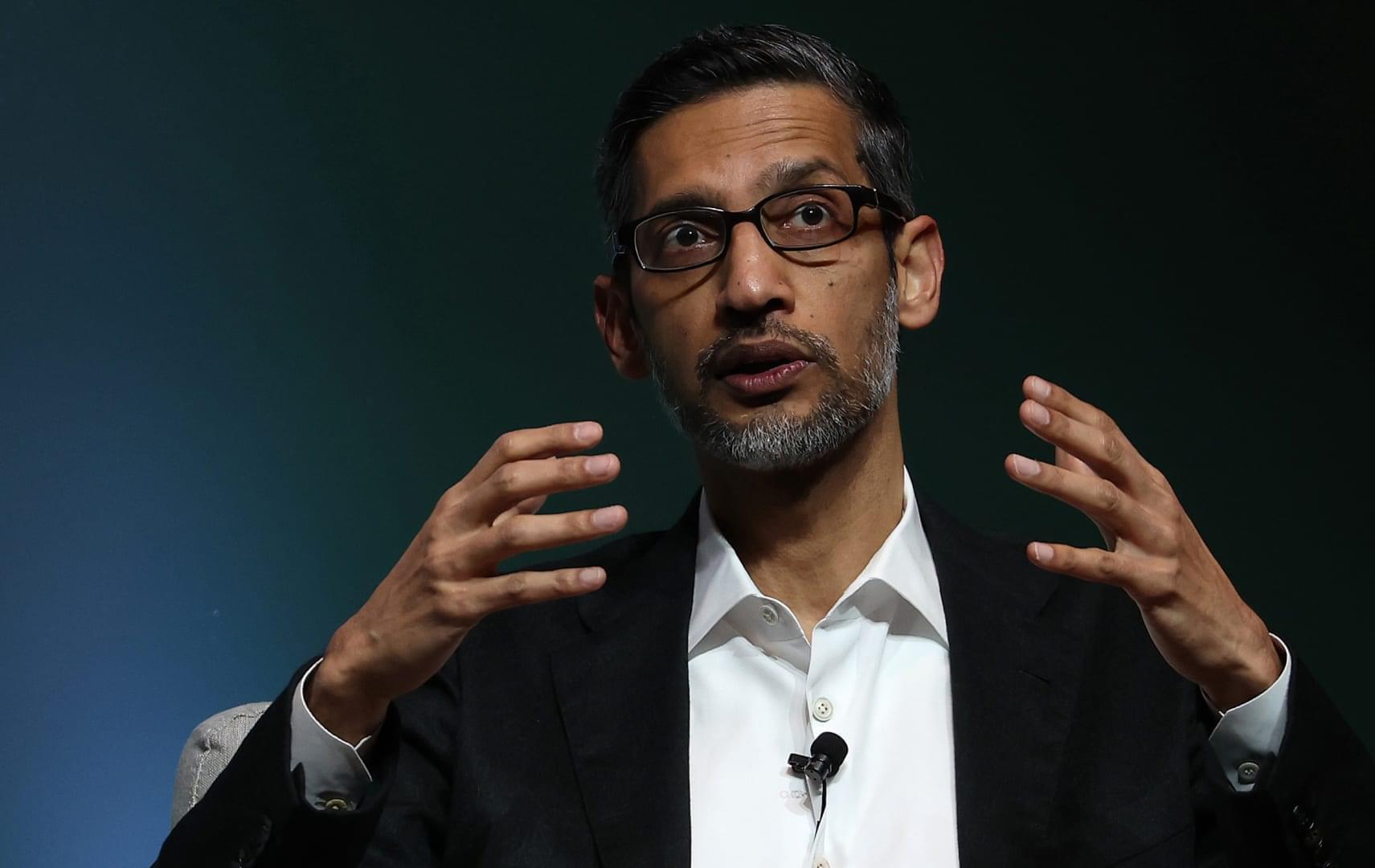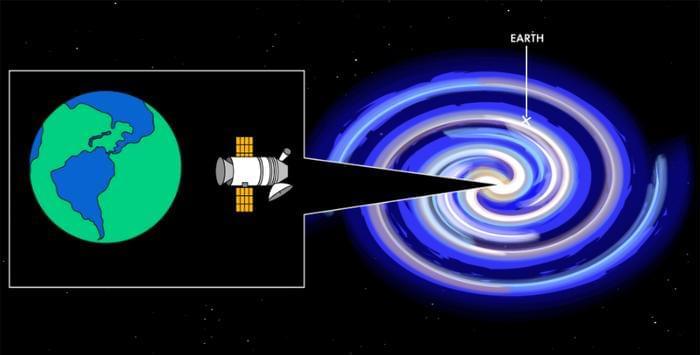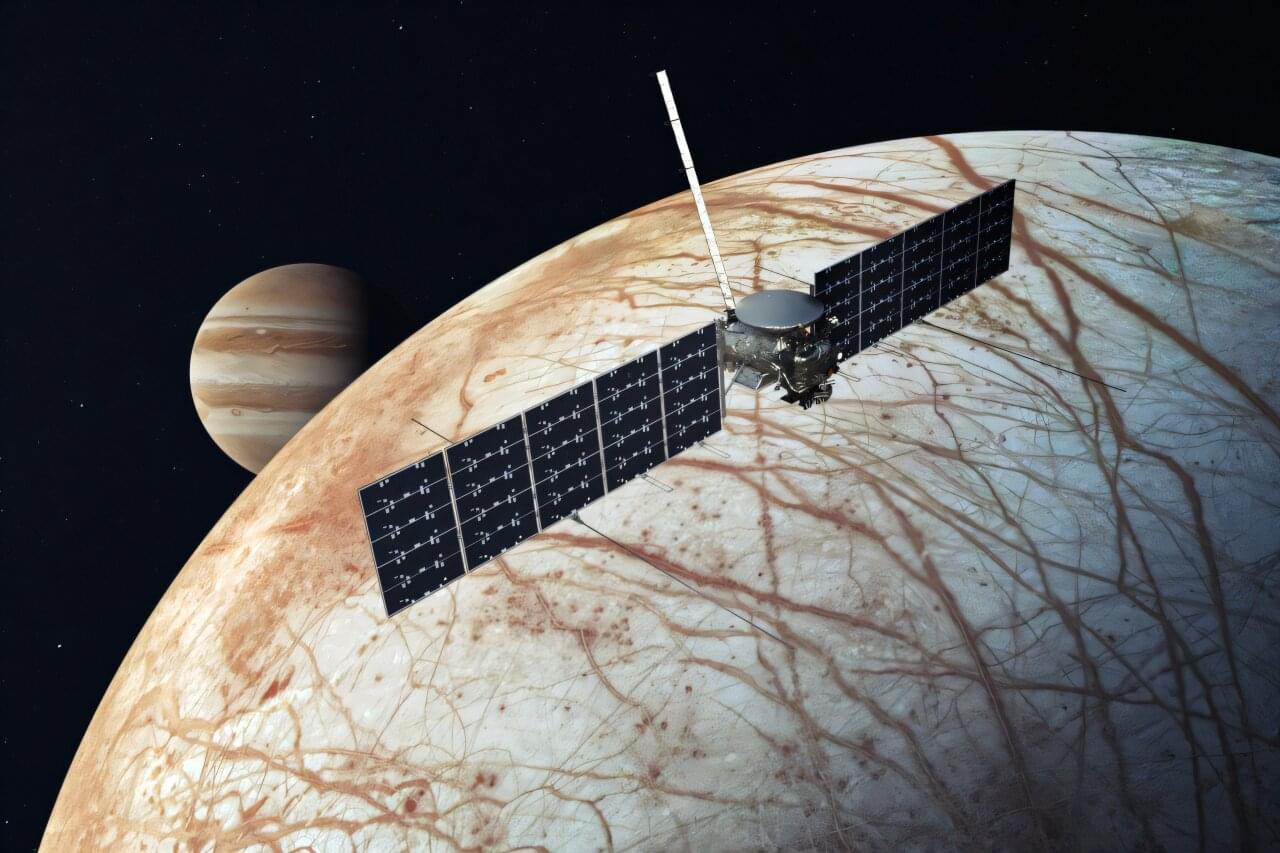The company updated its ‘Responsible AI’ principles, which no longer includes a pledge to not use AI for weapons or surveillance.


The rise of antimicrobial resistance has rendered many treatments ineffective, posing serious public health challenges. Intracellular infections are particularly difficult to treat since conventional antibiotics fail to neutralize pathogens hidden within human cells. However, designing molecules that penetrate human cells while retaining antimicrobial activity has historically been a major challenge. Here, we introduce APEXDUO, a multimodal artificial intelligence (AI) model for generating peptides with both cell-penetrating and antimicrobial properties. From a library of 50 million AI-generated compounds, we selected and characterized several candidates. Our lead, Turingcin, penetrated mammalian cells and eradicated intracellular Staphylococcus aureus. In mouse models of skin abscess and peritonitis, Turingcin reduced bacterial loads by up to two orders of magnitude. In sum, APEXDUO generated multimodal antibiotics, opening new avenues for molecular design.
CFN provides consulting services to Invaio Sciences and is a member of the Scientific Advisory Boards of Nowture S.L., Peptidus, European Biotech Venture Builder and Phare Bio. CFN is also a member of the Advisory Board for the Peptide Drug Hunting Consortium (PDHC). The de la Fuente Lab has received research funding or in-kind donations from United Therapeutics, Strata Manufacturing PJSC, and Procter & Gamble, none of which were used in support of this work. An invention disclosure associated with this work has been filed. All other authors declare no competing interests.

What can sand dunes on Earth and Mars teach us about the latter’s wind behavior and atmosphere? This is what a recently awarded NASA grant hopes to address as a PhD student at Texas A&M University will be tasked with analyzing what are known as “compound dunes”, which are large sand dunes that possess smaller dunes compounding on the top, giving the appearance they are “growing” on the top of the larger dunes. While compound dunes have been studied extensively on Earth, this will be the first time they are examined on the Red Planet.
Like sand dunes on Earth, Mars sand dunes are formed from wind processes (also called aeolian processes), which is the primary atmospheric behavior occurring on the Red Planet since its atmospheric pressure is far too low to have liquid water on its surface. Because of this, wind patterns drive sandstorms and dust storms, often encircling the entire planet and preventing sunlight from reaching the surface.
“The shape and pattern of these aeolian bedforms—geologic features shaped by wind—can tell us so much about the environment,” said Lauren Berger, who is the recipient of the NASA grant. “By comparing compound dunes on Mars to those on Earth, we can uncover similarities and differences that could help us better understand the Martian surface and atmosphere.”

What can Earth’s technosignatures—the potential signs of intelligence beyond Earth—teach us about finding technosignatures throughout the cosmos? Are we looking for the right technosignatures or do we need to refine our search methods or criterion? This is what a recent study published in The Astronomical Journal hopes to address as a team of researchers led by the SETI Institute essentially flipped the script to evaluate if current methods for detecting technosignatures are sufficient or could be modified going forward.
For the study, the researchers used a series of models to simulate the efficiency and distance that Earth’s technology in 2024 could be detected by an extraterrestrial civilization. This study comes as telescope instruments continue to advance, including identifying atmospheric compositions of exoplanets. Therefore, the goal of this work is to enhance this to potentially identify new methods in detecting technosignatures by using Earth as a control group as opposed to literally every other known world in the universe. In the end, the researchers found that extraterrestrial civilizations could potentially detect Earth technology as far as 12,000 light-years away, noting that the closer they travel to Earth, the more modern-day technology they would detect.
“One of the most satisfying aspects of this work was getting to use SETI as a cosmic mirror: what does Earth look like to the rest of the galaxy? And how would our current impacts on our planet be perceived,” said Dr. Sofia Sheikh, who is a postdoctoral researcher at the SETI Institute and lead author of the study. “While of course we cannot know the answer, this work allowed us to extrapolate and imagine what we might assume if we ever discover a planet, with, say, high concentrations of pollutants in its atmosphere.”

“This was a serendipitous discovery,” said Imad Pasha.
How many rings can galaxies have? This is what a recent study published in The Astrophysical Journal Letters hopes to address as an international team of researchers discovered a unique galaxy with nine rings, possessing six more rings than any known galaxy, that they aptly named the Bullseye Galaxy. This study has the potential to help researchers better understand the formation and evolution of galaxies throughout the universe, potentially resulting in identifying where we could find life.
The Bullseye Galaxy is known as a collisional ring galaxy (CRG) and whose radius is approximately 70 kiloparsecs (228,309 light-years), which is two and a half times larger than our Milky Way Galaxy, which is known as a spiral galaxy. After significant image analysis from NASA’s Hubble Space Telescope and the W. M. Keck Observatory, the researchers estimate the Bullseye Galaxy was created approximately 50 million years ago when a smaller blue dwarf galaxy collided with the center of the former, resulting in nine giant rings like ripples being created when a pebble is dropped in a water.


We may be well past the uncanny valley point right now. OmniHuman-1’s fake videos look startlingly lifelike, and the model’s deepfake outputs are perhaps the most realistic to date. Just take a look at this TED Talk that never actually took place.
The system only needs a single photo and an audio clip to generate these videos from scratch. You can also adjust elements such as aspect ratio and body framing. The AI can even modify existing video footage, editing things like body movements and gestures in creepily realistic ways.

Dana-Farber Cancer Institute researchers report that all nine patients in a clinical trial being treated for stage III or IV clear cell renal cell carcinoma (a form of kidney cancer), generated a successful anti-cancer immune response after initiation of a personalized cancer vaccine.
The vaccines were administered after surgery to remove the tumor and are designed to train the body’s immune system to recognize and eliminate any remaining tumor cells. At the time of data cut-off (median of 34.7 months), all patients remained cancer-free.
The results of this Phase I trial were reported in Nature.

Three months after its launch from NASA’s Kennedy Space Center in Florida, the agency’s Europa Clipper has another 1.6 billion miles (2.6 billion kilometers) to go before it reaches Jupiter’s orbit in 2030 to take close-up images of the icy moon Europa with science cameras.
Meanwhile, a set of cameras serving a different purpose is snapping photos in the space between Earth and Jupiter. Called star trackers, the two imagers look for stars and use them like a compass to help mission controllers know the exact orientation of the spacecraft—information critical for pointing telecommunications antennas toward Earth and sending data back and forth smoothly.
In early December, the pair of star trackers (formally known as the stellar reference units) captured and transmitted Europa Clipper’s first imagery of space. The picture, composed of three shots, shows tiny pinpricks of light from stars 150 to 300 light-years away. The starfield represents only about 0.1% of the full sky around the spacecraft, but by mapping the stars in just that small slice of sky, the orbiter is able to determine where it is pointed and orient itself correctly.

The motivation behind the new study was to address these gaps in our understanding by leveraging the power of large-scale data. The researchers recognized that investigating the connection between genetic predisposition to dyslexia and brain structure in a very large sample could provide more robust and reliable insights than smaller, more traditional studies. They aimed to identify specific brain regions and white matter tracts that are associated with genetic risk for dyslexia, and to explore whether different genetic variants might influence distinct neural pathways.
“Thirty-five genetic variants that influence the chance of having dyslexia were already known from a very large study by the company 23andMe in the USA, carried out in over one million people. However, that study did not include brain MRI data. The new aspect of our study was to investigate the genetic variants in relation to brain structure in MRI data from thousands of people,” explained Clyde Francks (@clydefrancks), a professor at the Max Planck Institute for Psycholinguistics in Nijmegen and senior author of the study.
The researchers used two large datasets: the genetic data 23andMe and brain imaging data from over 30,000 adults in the UK Biobank. The 23andMe dataset helped identify genetic variants associated with dyslexia by comparing individuals who reported a dyslexia diagnosis to those who did not. These genetic variants were then used to calculate “polygenic scores” for individuals in the UK Biobank, reflecting their genetic predisposition to dyslexia.